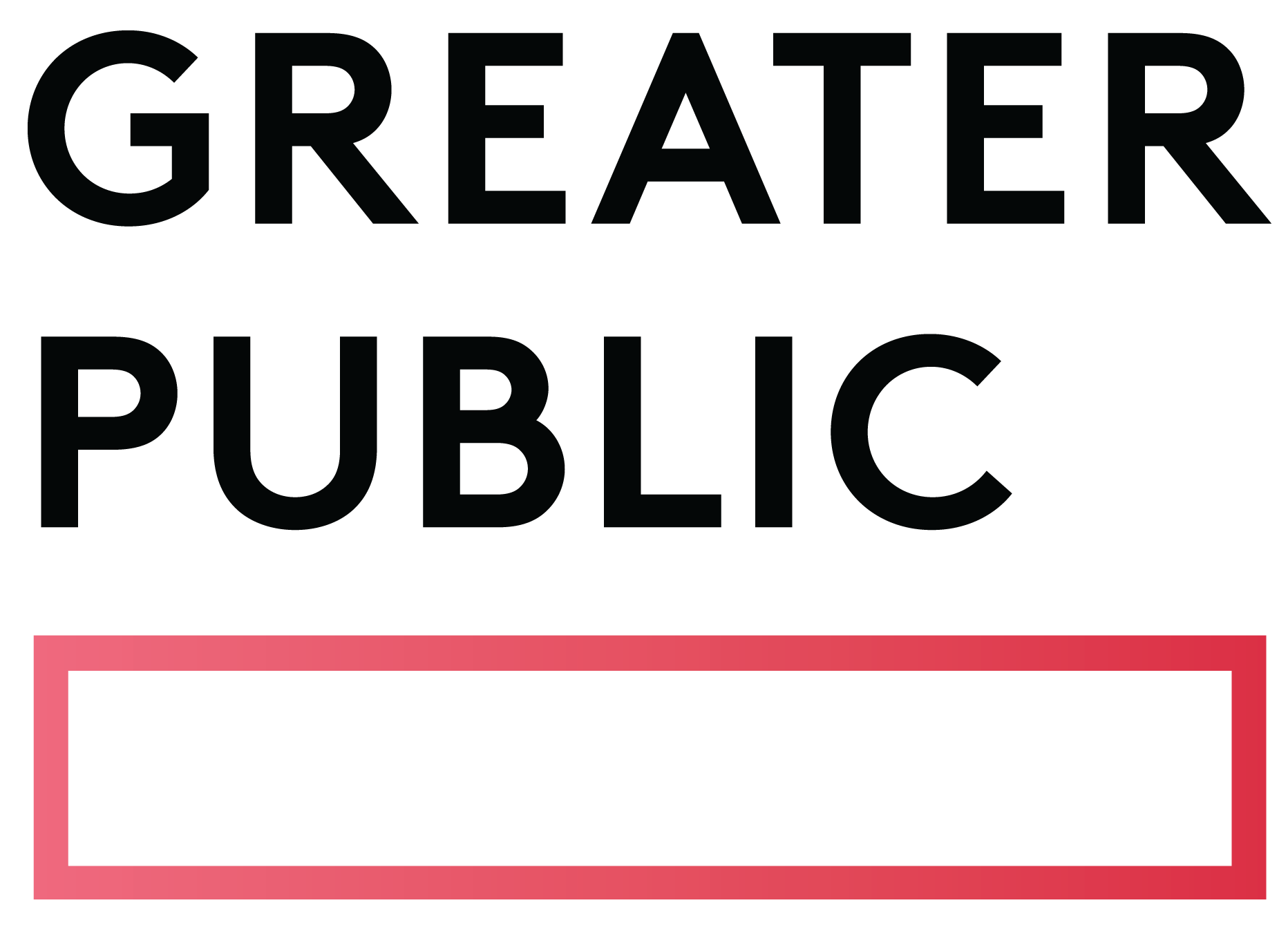Related Articles
Subscribe to the Greater Public newsletter to stay updated.
This site is protected by reCAPTCHA and the Google Privacy Policy and Terms of Service apply.

With the political campaign season intensifying, public media offers a marketing oasis to meet the moment.
Another presidential election is on the horizon, and so far it shows all signs of matching the volatility of 2020, with the advertising landscape also turning up the volume. According to Insider Intelligence | eMarketer, U.S. political ad spending will surpass $12 billion in 2024 to reach a new high. Linear TV will lead the pack, but advertising across digital channels – especially connected TV (CTV) and social media – will continue to show significant growth.
And while political advertising is not something public media can accept, the cluttered political ad landscape brings with it other opportunities that play right into our strengths.
Consider:
A.J. Walter Thompson/Forethought study conducted around the 2016 U.S. presidential election confirmed that ad placement around political ads has a negative impact on the advertiser’s brand:
Not only is public media an oasis from this kind of advertising environment, research shows that we can go even further in the other direction; public media actually creates positive brand perceptions through the sponsor’s association with our own trusted brands (ie. the Halo Effect). This is especially true during election season, when the fact-based election coverage and civil discourse that differentiates public media from commercial media is typically more heavily consumed, valued, and supported by our audiences.
Indeed, our highly educated, civic-minded audience leans into public media’s own trusted election coverage and takes respite in the lack of clutter on our air and digital channels. And this feeling of goodwill translates to our sponsors. In addition, our uncluttered environment delivers strong message recall for our sponsors, and in recent election cycles many media buyers took heed of the 2016 Forethought study findings to adjust their advertising strategies to associate with content and brands that evoke positive emotions. When you consider the unmatched level of trust Americans associate with the NPR and PBS brands, and the safe haven of our clutter-free media environment, public media’s offering during campaign season emerges as particularly strong.
Simply put: No other media can break through the negative political ad clutter across broadcast and digital platforms to build brand image and loyalty among a large, quality audience predisposed to support the companies that support public media. Now is the time to remind your sponsors and advertising agencies of public media’s unique offsetting value.
Think also about how the competitive political advertising landscape might positively impact your station’s sales activities in other ways. If past election cycles are any indication, a good deal of local advertisers tend to get bumped from commercial media, as those outlets work to fulfill their “equal time” obligations. This means that business categories that typically advertise almost exclusively locally and on commercial may be looking for alternate platforms to reach a quality consumer during this time. Think car dealerships, hospitals, household furnishings, sports teams, appliance stores and other retail shops for example. How might your station leverage this opportunity to educate prospective and existing clients in those categories about the unique value of public media sponsorship and grow prospects and revenue accordingly?
When it comes to making good business sense this election season, public media is a clear choice.

View these related member resources and more with a Greater Public membership:
This site is protected by reCAPTCHA and the Google Privacy Policy and Terms of Service apply.
New to Greater Public? Create an account.
